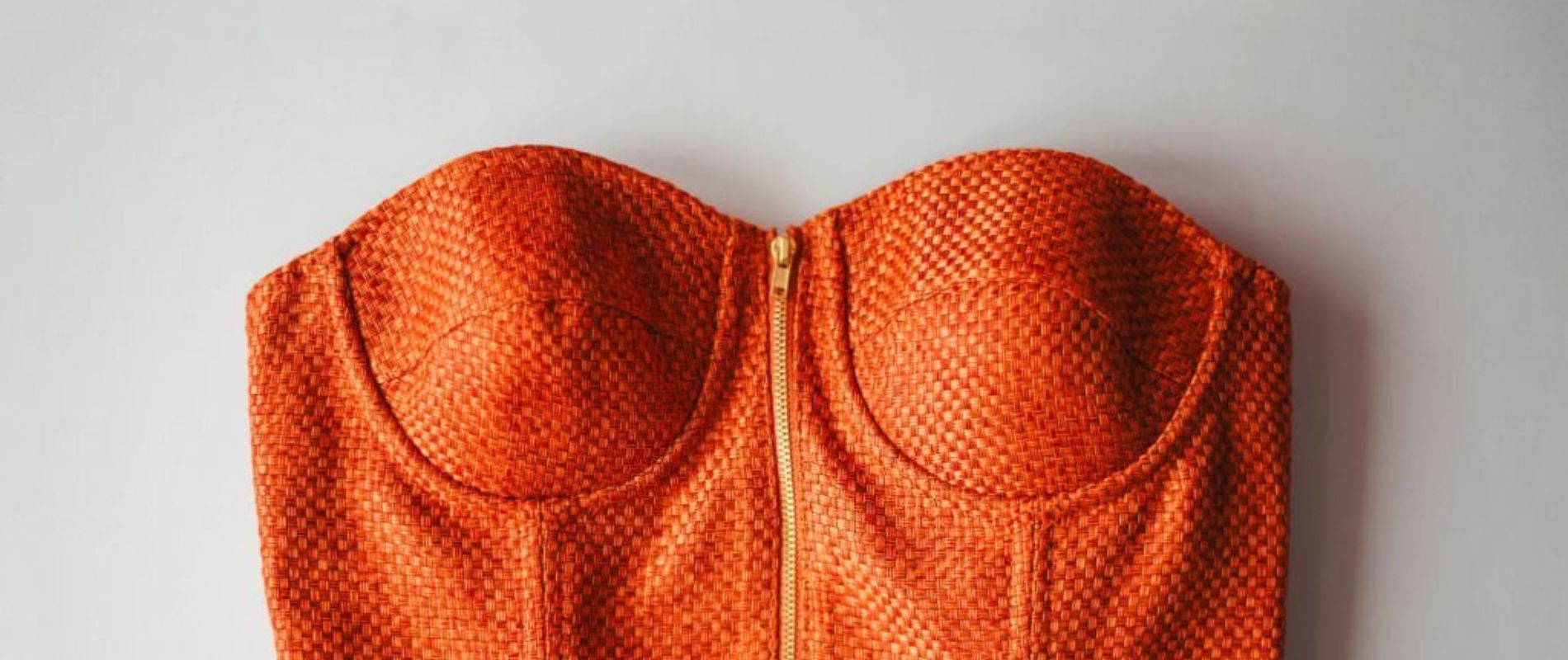Close your eyes and let your imagination whisk you away to the opulent ballrooms of the 16th century, where the corset began its enchanting journey. This iconic garment has mesmerized and confounded societies for centuries, evolving from a symbol of oppression to becoming a chic fashion statement. Join me as I unveil the captivating story of corsets, exploring its origins, controversial heyday, and the remarkable women who challenged its reign. From rigid societal constraints to a celebration of curves, the corset’s history is a tale of empowerment and liberation.
The Origins of the Corset
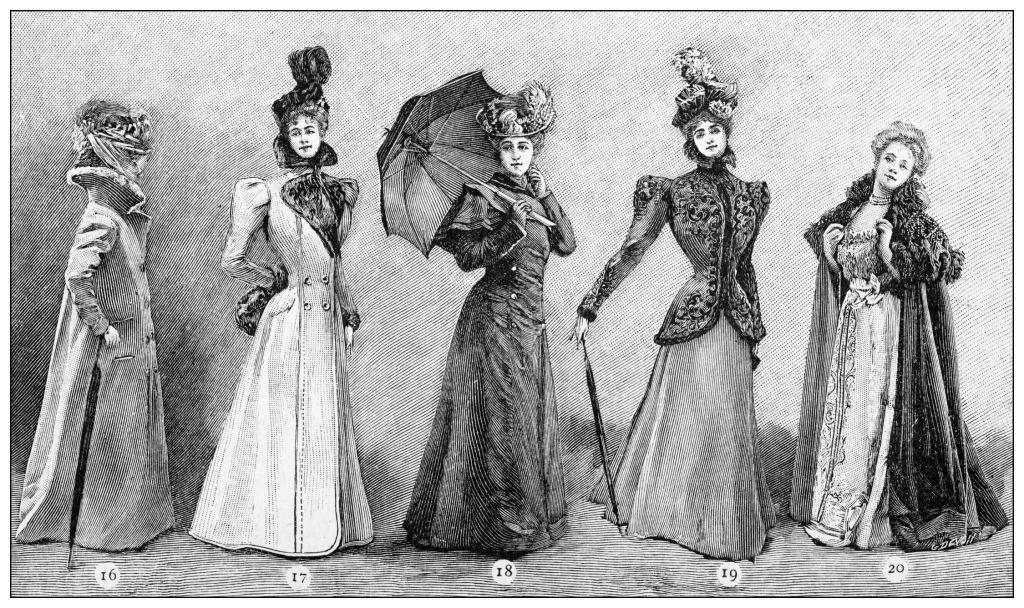
In the distant past, the corset was created to shape the female figure, molding it into the coveted hourglass silhouette. While today we admire this look as an aesthetic preference, it was not merely about fashion back then; societal norms played a dominant role. Women were expected to conform to specific beauty standards, often at the cost of their comfort and health. However, as the corset culture evolved, so did the voices of those who challenged its constraints.
Women Who Raised the Corset Culture
One such woman was the iconic actress Audrey Hepburn, whose elegant portrayal of Holly Golightly in “Breakfast at Tiffany’s” (1961) revolutionized corset fashion. Hepburn’s glamorous character showcased a more modern approach to corsets, blending them seamlessly into contemporary styles, forever changing how they were perceived.
The Era of Extreme Corsetry
The 18th and 19th centuries witnessed the peak of corsetry, with the garment taking center stage in fashion. Steel boning was introduced, making corsets tighter and more constricting than ever before. It was during this time that women like Scarlet O’Hara, portrayed by Vivien Leigh in “Gone with the Wind” (1939), donned corsets to achieve the perfect Southern Belle silhouette. These corsets were notorious for promoting “tight-lacing,” where women would lace their corsets as tightly as possible, often leading to severe health issues.
The Rise of Feminist Voices
As the suffrage movement gained momentum in the late 19th and early 20th centuries, feminist voices emerged, questioning the societal constraints imposed by corsets. Women like Coco Chanel, the legendary fashion designer, challenged the norm by introducing loose, flowing garments that liberated women from the tight grip of corsets. Her vision redefined fashion, empowering women to embrace comfort and individuality.
Liberation and Decline
By the early 20th century, fashion took a turn towards more relaxed silhouettes, and the corset slowly faded from everyday wear. As women gained more freedom and entered the workforce during World War I, corsets became impractical for their active lifestyles. Enter Katharine Hepburn, the legendary Hollywood actress who embraced androgynous fashion, challenging traditional gender norms and promoting comfort over conformity.
Corsets in Cinema and Pop Culture
Despite their decline in daily wear, corsets remained alluring in the world of entertainment. From classic Hollywood stars like Marilyn Monroe to modern-day fashionistas like Dita Von Teese, corsets continued to grace the silver screen and red carpets, symbolizing sensuality and femininity.
Corsets Today: A Fashion Renaissance
Fast forward to the 21st century, and corsets have experienced a remarkable resurgence. Modern fashion designers like Jean-Paul Gaultier and Alexander McQueen have reimagined corsets, incorporating them into ready-to-wear collections, emphasizing their versatility and appeal. Celebrities like Madonna and Lady Gaga have also embraced corsets as part of their iconic stage personas, reclaiming the garment as a symbol of empowerment and artistic expression.
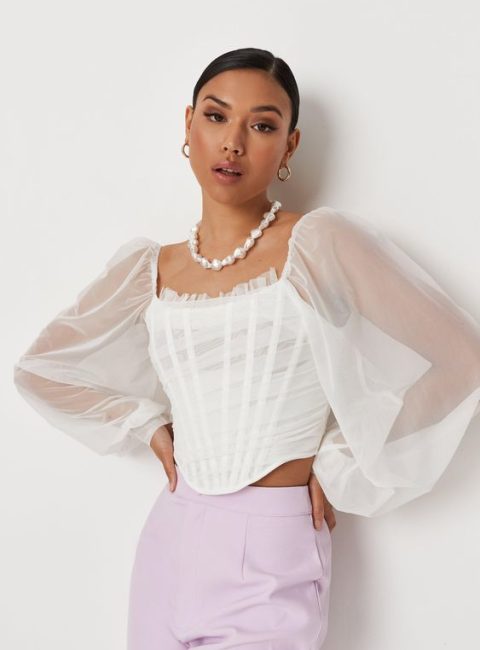

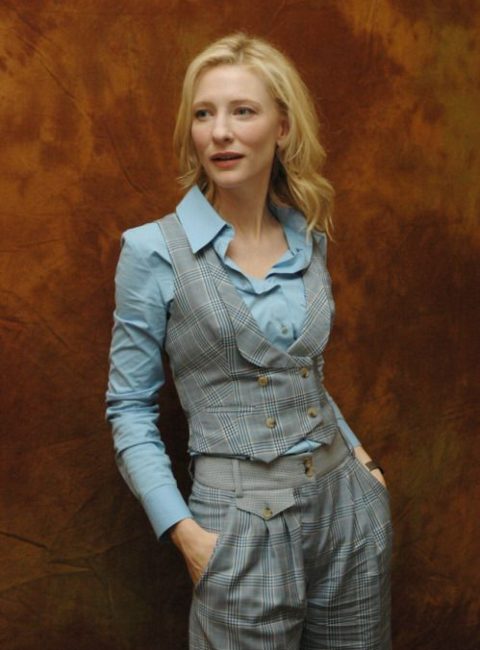
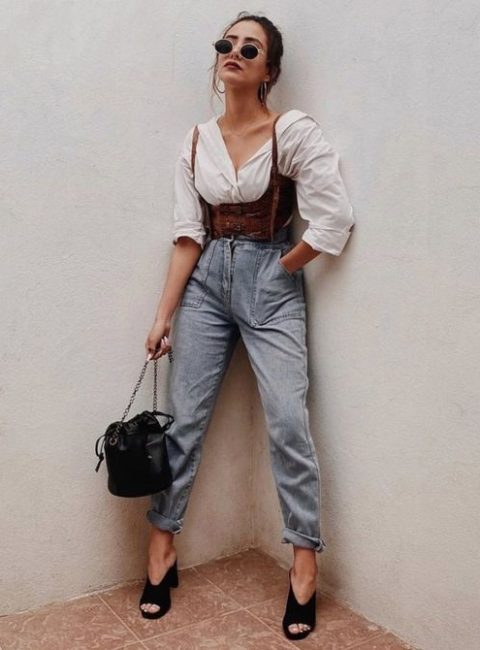
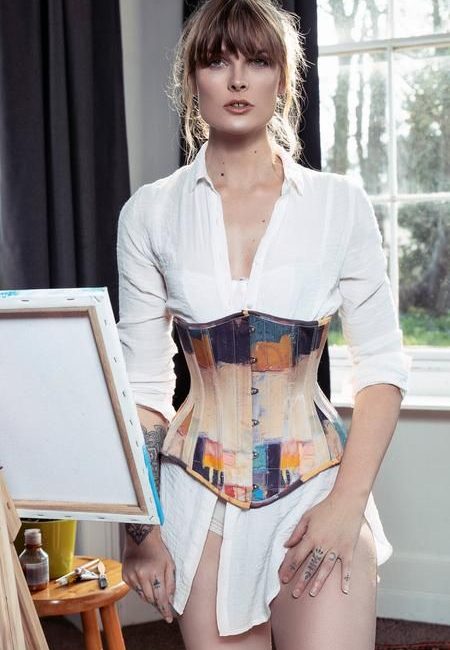
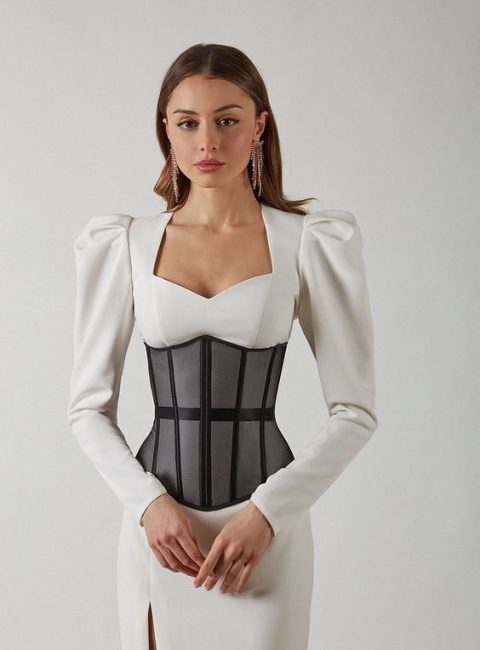
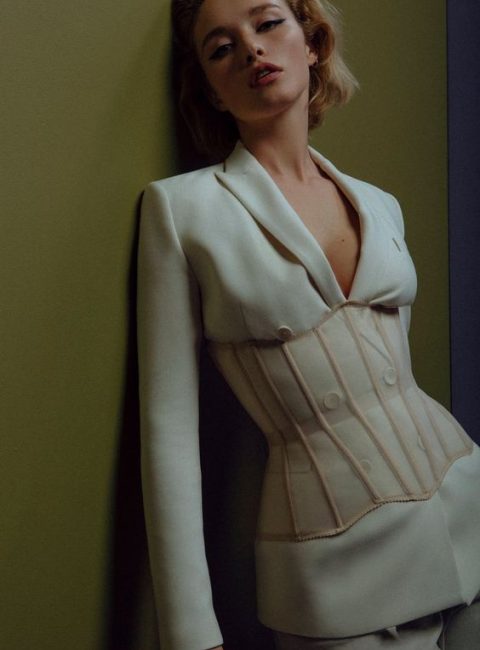
Conclusion
The journey of the corset from a societal constraint to a chic fashion statement is a tale of twists and turns, punctuated by the influential women who challenged its norms and celebrated its allure. From Audrey Hepburn’s grace to Coco Chanel’s rebellion, from Katharine Hepburn’s defiance to Madonna’s reinvention, these women and many others left an indelible mark on corset fashion. As we continue into the future, the corset remains a captivating symbol of the evolution of societal norms and fashion trends. So, the next time you see a corset gracing the runway or accentuating an outfit, take a moment to appreciate the remarkable history and the empowering legacy it carries.
